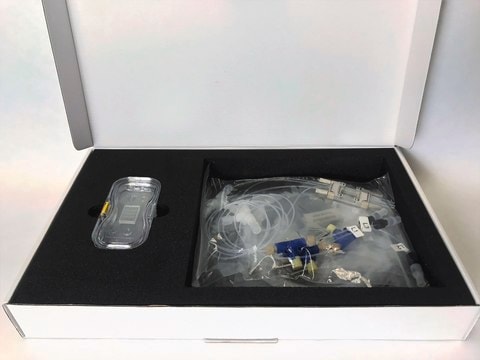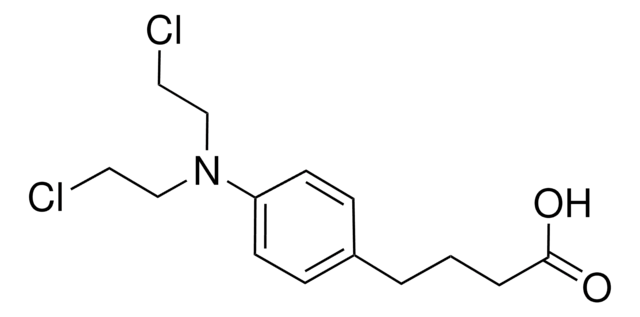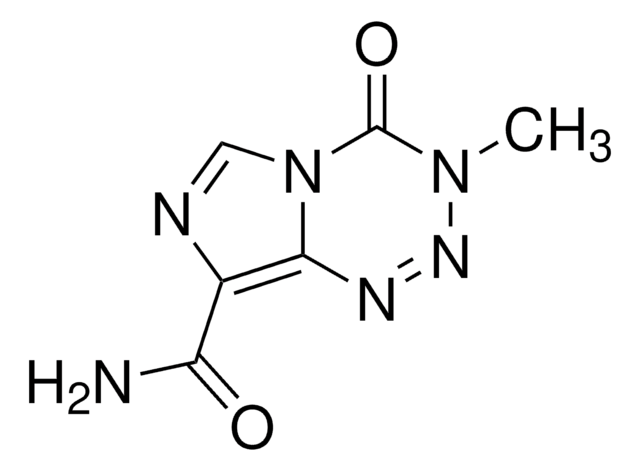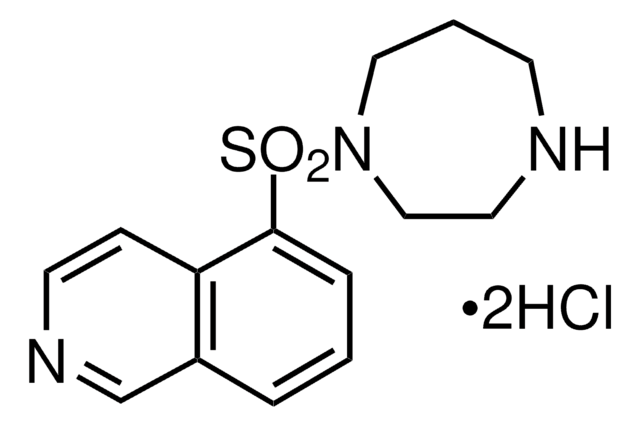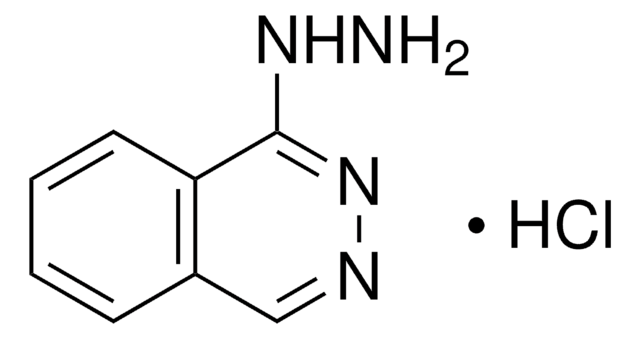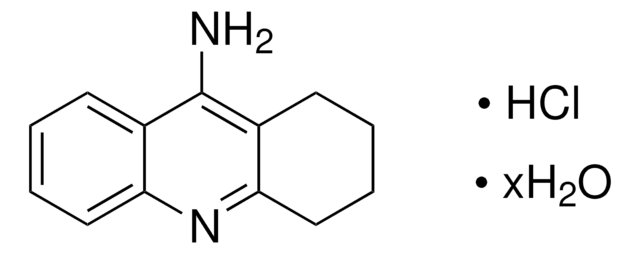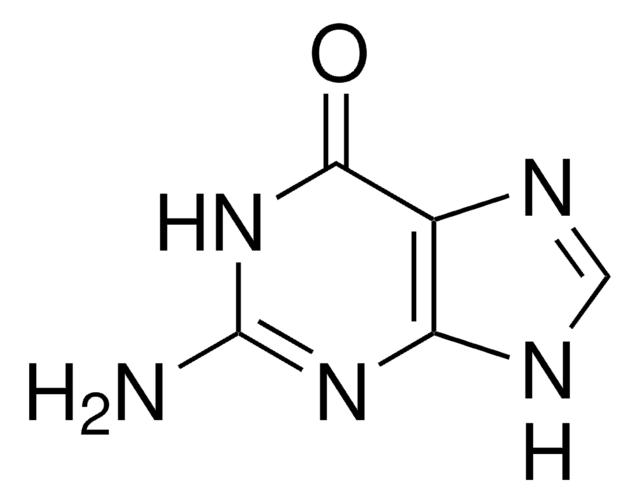B2292
O6-Benzylguanine
≥98% (TLC), solid, O⁶-alkylguanine DNA alkyltransferase inhiitor
About This Item
Produits recommandés
Nom du produit
O6-Benzylguanine, ≥98% (TLC), solid
Niveau de qualité
Essai
≥98% (TLC)
Forme
solid
Solubilité
methanol: 20 mg/mL
Température de stockage
room temp
Chaîne SMILES
Nc1nc(OCc2ccccc2)c3nc[nH]c3n1
InChI
1S/C12H11N5O/c13-12-16-10-9(14-7-15-10)11(17-12)18-6-8-4-2-1-3-5-8/h1-5,7H,6H2,(H3,13,14,15,16,17)
Clé InChI
KRWMERLEINMZFT-UHFFFAOYSA-N
Informations sur le gène
human ... MGMT(4255)
Vous recherchez des produits similaires ? Visite Guide de comparaison des produits
Application
- as an inhibitor of methylguanine methyltransferase (MGMT) in glioblastoma stem cell
- as a O6-alkylguanine-alkyltransferase (AGT) enzyme inhibitor in embryonic stem cells prior to N-ethyl-N-nitrosourea(ENU) treatment
- as an inhibitor of AGT in growth inhibition assays of HL-60 human promyelocytic leukemia cells
Actions biochimiques/physiologiques
Mention d'avertissement
Warning
Mentions de danger
Conseils de prudence
Classification des risques
Eye Irrit. 2 - Skin Irrit. 2 - STOT SE 3
Organes cibles
Respiratory system
Code de la classe de stockage
11 - Combustible Solids
Classe de danger pour l'eau (WGK)
WGK 3
Point d'éclair (°F)
Not applicable
Point d'éclair (°C)
Not applicable
Équipement de protection individuelle
dust mask type N95 (US), Eyeshields, Gloves
Faites votre choix parmi les versions les plus récentes :
Déjà en possession de ce produit ?
Retrouvez la documentation relative aux produits que vous avez récemment achetés dans la Bibliothèque de documents.
Les clients ont également consulté
Notre équipe de scientifiques dispose d'une expérience dans tous les secteurs de la recherche, notamment en sciences de la vie, science des matériaux, synthèse chimique, chromatographie, analyse et dans de nombreux autres domaines..
Contacter notre Service technique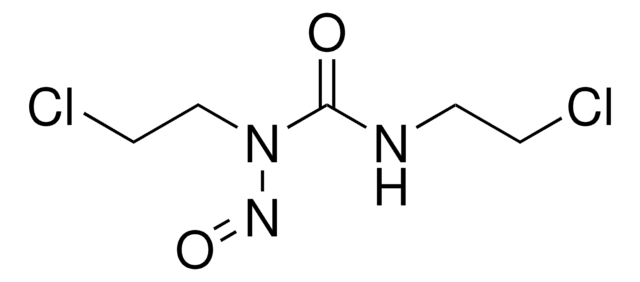

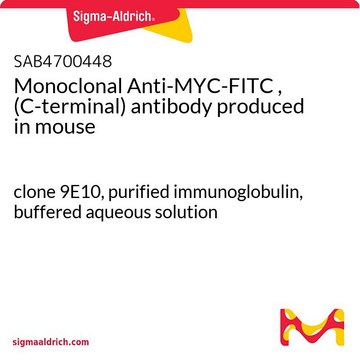
![[2-[2-(2-Methoxyethoxy)ethoxy]ethoxy]p-toluenesulfonate 90%](/deepweb/assets/sigmaaldrich/product/structures/246/083/be709a40-d1eb-4e98-9c26-c8c14e998696/640/be709a40-d1eb-4e98-9c26-c8c14e998696.png)

